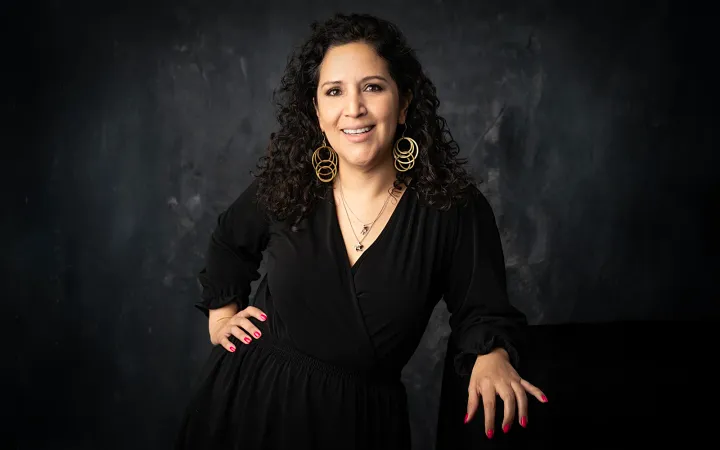By Mónica Hernández
I watch the news and I would like to know what future generations will say about the likes of Donald Trump, Elon Musk, Putin or Netanyahu. Even about our recent presidents. As with memes, I think of the kindnesses and wonders that are published and taught (and preached) about Benito Juarez and it passes me by. Death is usually romantic and generous with the memories of a deceased. I say it and close a book that I reread.
There are few literary characters that unleash as much passion and debate as Jane Austen, to the extent that they are made into movies. Has anyone ever wondered why 200 years after her death she arouses so much interest? Because human beings are nosy (yes: nosy, gossipy, argumentative, gossipy).
Jane Austen is actually an unknown, or so people have wanted to believe for many years. Her works have been made into films countless times (Sense and Sentiments, Pride and Prejudice, Mansfield Park, Emma, Persuasion) as well as into series. Lesser known works, such as Northanger Abbey. Lady Susan and Sanditon have not received as much attention. For a public figure, little is known of her intimate life. And not because the author did not leave enough clues about her privacy. It is estimated that she wrote several thousand letters (yes, an estimated three thousand, of which 51 are in the Morgan Library in New York), most of them addressed to her sister Cassandra, since they lived apart for some years. Of those thousands of letters, only 160 survive.
What do these 160 letters tell us about their author? That according to scholars, Jane Austen used quill pens, iron gall ink, laid paper and cream-colored textile paper, in a hot-pressed quarto (she most likely made her notebooks herself, as some of her female characters are seen to do in her works), some pages even watermarked. She sealed her letters with wax, after folding them in a way that I miss that it is still done. We know that she was right-handed and that she wrote with spelling mistakes and her handwriting, small and slanted, speaks of her time: restricted, restrained and very subject to the rules. Victorian, then. Some strokes suggest a lot of imagination, tenacity, willpower and the flourishes of the capital letters speak of her passion for detail (something that she was also very stubborn), as well as the stroke of the lowercase "t"... And a long etcetera that one can imagine without being a graphologist.




